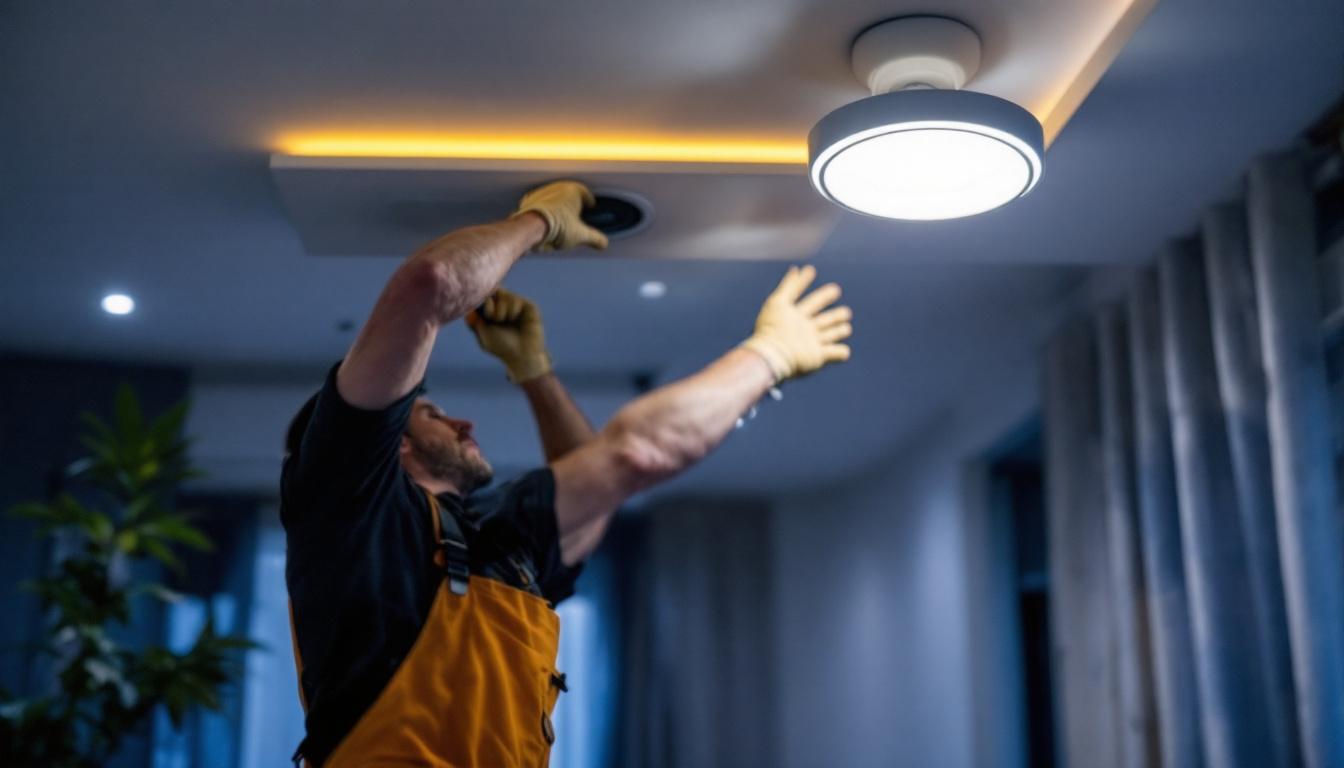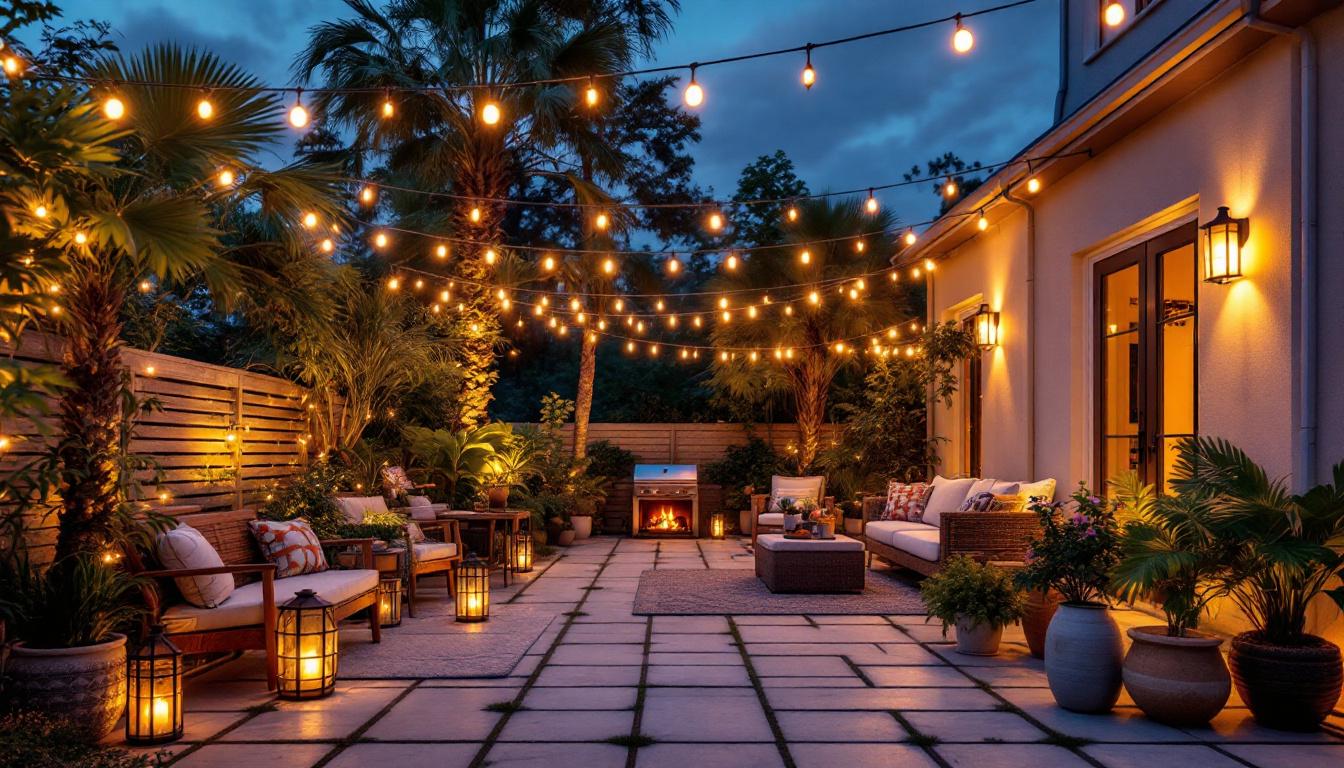
In the ever-evolving landscape of lighting technology, LED recessed dimmable lights have become a popular choice for both residential and commercial applications. Their energy efficiency, versatility, and aesthetic appeal make them a go-to option for many lighting contractors. However, despite their advantages, there are common pitfalls that contractors often encounter when working with these fixtures. Understanding these mistakes can lead to more successful installations and satisfied clients.
LED, or Light Emitting Diode, technology has transformed the way we think about lighting. Unlike traditional incandescent bulbs, LEDs are solid-state devices that emit light when an electrical current passes through them. This fundamental difference in technology not only makes LEDs more energy-efficient but also allows for a longer lifespan and reduced heat output. In fact, LEDs can last up to 25,000 hours or more, compared to the mere 1,000 hours typical of incandescent bulbs. This longevity translates to fewer replacements and less waste, making LEDs a more environmentally friendly option.
For lighting contractors, it’s essential to grasp the nuances of LED technology. Understanding color temperature, lumens, and wattage is crucial when selecting the right recessed lights for a project. Misjudging these parameters can lead to inadequate lighting or mismatched aesthetics, which can frustrate clients. Additionally, the dimming capabilities of LEDs can vary significantly depending on the driver used, which further complicates the selection process. Contractors must stay informed about the latest advancements in LED technology to ensure they are providing the best solutions for their clients.
Color temperature is measured in Kelvin (K) and plays a significant role in how a space feels. Common color temperatures for residential settings range from warm white (2700K) to cool white (5000K). Selecting the wrong color temperature can alter the ambiance of a room, leading to dissatisfaction among homeowners. For example, a warm white light can create a cozy and inviting atmosphere, ideal for bedrooms and living rooms, while a cool white light can enhance focus and alertness, making it perfect for home offices and kitchens.
Lighting contractors should always consult with clients about their preferences and the intended use of the space. For instance, warmer tones are often preferred in living areas, while cooler tones might be more suitable for kitchens and workspaces. Failing to consider these preferences can result in costly rework. Furthermore, the impact of color temperature extends beyond mere aesthetics; it can also influence mood and productivity. Studies have shown that exposure to cooler light can increase alertness and concentration, while warmer light can promote relaxation and comfort. Therefore, understanding the psychological effects of color temperature is essential for creating spaces that not only look good but also feel right for their intended purposes.
One of the most frequent mistakes made by lighting contractors is the improper placement of recessed lights. The spacing and positioning of these fixtures can dramatically affect the overall lighting quality in a room. A common rule of thumb is to space recessed lights about 4 to 6 feet apart, but this can vary based on ceiling height and the desired brightness. For instance, in rooms with higher ceilings, it may be beneficial to increase the spacing to ensure that light is evenly distributed across the space.
Contractors should also consider the function of the space. For example, in a kitchen, task lighting may require more focused fixtures, while a living room might benefit from a more ambient approach. Misjudging the placement can lead to dark spots or overly bright areas, diminishing the effectiveness of the lighting design. Additionally, it’s important to account for the layout of furniture and architectural features, as these can cast shadows or obstruct light. A well-thought-out plan that includes the use of lighting layout software can help visualize the best placement before installation begins, ultimately leading to a more successful outcome.
When specifying LED recessed lights, it is crucial to ensure that the dimmers used are compatible with the LED technology. Many contractors mistakenly assume that all dimmers work with LED lights, leading to flickering, buzzing, or even complete failure to dim. This compatibility issue can frustrate clients and tarnish the contractor’s reputation. In fact, using the wrong dimmer can not only affect performance but can also shorten the lifespan of the LED fixtures.
To avoid this, contractors should always verify the specifications of both the LED fixtures and the dimmer switches. Utilizing dimmers specifically designed for LEDs can enhance the overall experience and functionality of the lighting system. Furthermore, educating clients about the benefits of dimmable lighting can elevate their satisfaction, allowing them to create the desired ambiance for different occasions. Offering a range of dimming options, from simple toggle switches to smart home systems, can also provide added value and flexibility to the installation, ensuring that the lighting adapts to their lifestyle needs.
Another common oversight involves the electrical load on circuits. LED lights are generally more energy-efficient, but when multiple fixtures are installed on a single circuit, contractors may inadvertently overload it. This can lead to tripped breakers or even fire hazards.
Contractors should conduct a thorough assessment of the electrical system before installation. Calculating the total wattage and ensuring it falls within the circuit’s capacity can prevent these issues. Additionally, it may be beneficial to distribute the load across multiple circuits, especially in larger installations. This approach not only enhances safety but also improves the overall performance of the lighting system, allowing for more flexibility in design and functionality.
Moreover, understanding the specific requirements of different LED fixtures is crucial. For instance, some LED lights may have different wattage ratings, and using a mix of fixtures on the same circuit without proper calculations can lead to imbalances. It’s also wise to consider the age and condition of existing wiring, as older circuits may not handle the additional load as effectively as newer installations. By taking these factors into account, contractors can ensure a more robust and reliable electrical setup that meets both current and future lighting needs.
While LEDs produce less heat than traditional bulbs, they still require proper heat dissipation to function effectively and maintain longevity. Failing to account for this can lead to overheating, which may damage the fixture and reduce its lifespan.
Contractors should ensure that recessed lights are installed in a way that allows for adequate airflow. This may involve using fixtures with built-in heat sinks or ensuring that insulation is not blocking ventilation. Proper installation not only enhances performance but also assures clients of the reliability of their lighting system.
Additionally, the placement of fixtures plays a significant role in heat management. For instance, installing LED lights in enclosed spaces without proper ventilation can exacerbate heat buildup. It’s essential to consider the environment where the lights will be installed, as factors like ambient temperature and humidity can also influence heat dissipation. Utilizing thermal management techniques, such as spacing fixtures appropriately and selecting the right materials, can greatly enhance the efficiency and lifespan of LED installations. By prioritizing these considerations, contractors can provide clients with lighting solutions that are both aesthetically pleasing and functionally sound.
In the quest for cost savings, some contractors might opt for lower-quality LED products. This can lead to poor performance, inconsistent color temperatures, and even safety issues. It’s essential to choose products that are certified by recognized organizations, such as UL or ETL, to ensure they meet safety and performance standards.
Investing in high-quality products may result in higher upfront costs, but the long-term benefits, including fewer callbacks and enhanced customer satisfaction, often outweigh the initial savings. Contractors should prioritize quality over price to build a reputation for reliability and excellence.
As technology continues to advance, the lighting industry is no exception. Contractors should consider the potential for future upgrades when selecting LED recessed lights. This includes compatibility with smart home systems and the ability to integrate with other technologies.
By choosing products that allow for easy upgrades, contractors can provide clients with a lighting solution that remains relevant and functional for years to come. This foresight can enhance the contractor’s value proposition and lead to repeat business.
Once the installation is complete, the relationship between the contractor and the client doesn’t end. Many contractors fail to educate clients about the maintenance of their LED recessed lights. This includes information on how to change bulbs, clean fixtures, and troubleshoot common issues.
Providing clients with a simple maintenance guide can empower them and enhance their satisfaction with the installation. This proactive approach can also reduce the likelihood of service calls for minor issues, saving time and resources for the contractor.
Feedback from clients is invaluable for improving services and avoiding future mistakes. Contractors should actively seek input from clients regarding their experience with the installation and the performance of the lighting system. This feedback can provide insights into areas for improvement and help refine future projects.
Establishing an open line of communication fosters trust and can lead to referrals and repeat business. Clients who feel heard and valued are more likely to recommend the contractor to others.
LED recessed dimmable lights offer numerous benefits for both contractors and clients, but avoiding common mistakes is essential for successful installations. By understanding LED technology, ensuring proper installation, considering electrical requirements, and maintaining open communication with clients, contractors can enhance their services and build a strong reputation in the industry.
As the lighting landscape continues to evolve, staying informed about best practices and emerging technologies will ensure that contractors remain competitive and deliver exceptional results. By learning from the common pitfalls outlined in this article, lighting contractors can enhance their expertise and provide clients with lighting solutions that are not only functional but also aesthetically pleasing.
Ready to avoid the common pitfalls and elevate your lighting installations? Choose LumenWholesale for your next project and experience the difference quality makes. Our spec-grade LED recessed dimmable lights and other lighting products are designed to meet the highest industry standards, ensuring you deliver exceptional results every time. With unbeatable wholesale prices and the convenience of free shipping on bulk orders, you can provide your clients with top-notch lighting solutions while maximizing your profits. Don’t compromise on quality or value — Wholesale Lighting at the Best Value is just a click away. Partner with LumenWholesale today and light up your projects with confidence.

Illuminate your projects with our comprehensive guide on outside patio lighting.

Discover essential insights for lighting contractors working on island projects.

Discover how robe lighting technology is revolutionizing safety in lighting installations.

Discover the essential role of ballasts in lighting systems with our comprehensive guide for contractors.